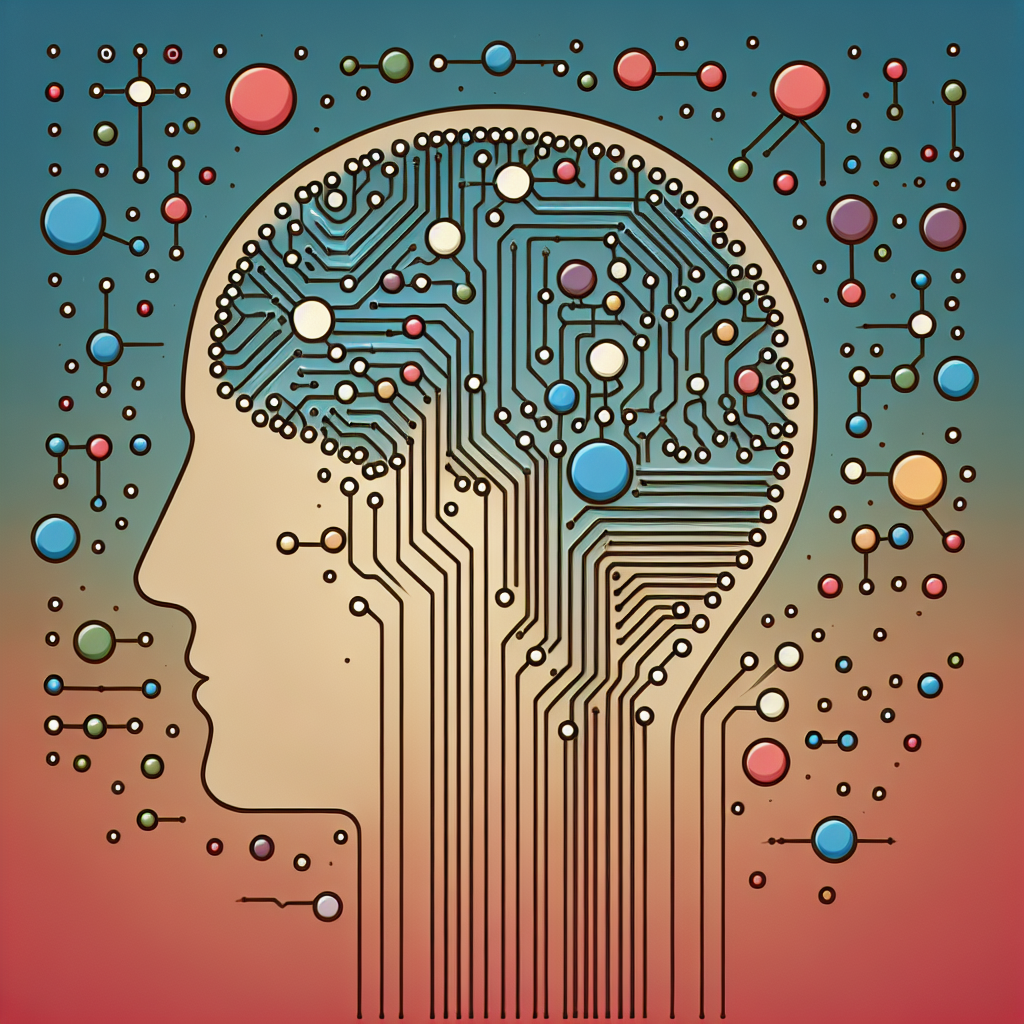Natural Language Processing (NLP) is a field of artificial intelligence that focuses on the interaction between computers and human language. It involves the development of algorithms and models that enable computers to understand, interpret, and generate human language. NLP has applications in a wide range of industries, including healthcare, finance, customer service, and marketing.
One of the key tasks in NLP is text clustering, which involves grouping similar documents or pieces of text together based on their content. Text clustering is a form of unsupervised learning, where the algorithm learns patterns and structures in the data without being explicitly trained on labeled examples. Text clustering can be used for various purposes, such as organizing large collections of documents, improving search results, and detecting trends in textual data.
There are several algorithms and techniques that can be used for text clustering, including K-means clustering, hierarchical clustering, and topic modeling. These algorithms work by analyzing the similarity between documents based on features such as word frequencies, word embeddings, or semantic relationships. The goal is to group together documents that are semantically related or share common themes.
Text clustering can be a challenging task, especially when dealing with large and diverse datasets. One of the key challenges is determining the optimal number of clusters, as well as selecting the most appropriate features and similarity measures for clustering. Additionally, text clustering algorithms may struggle with noisy or ambiguous text, as well as with documents that contain multiple topics or themes.
Despite these challenges, text clustering has many practical applications in various industries. For example, in healthcare, text clustering can be used to categorize medical records, identify patterns in patient data, and improve diagnostic accuracy. In finance, text clustering can help analysts identify trends in market news and sentiment, as well as detect fraudulent activities. In customer service, text clustering can be used to categorize customer feedback, identify common issues, and improve response times.
In recent years, there have been significant advancements in NLP and text clustering, driven by the availability of large datasets, powerful computational resources, and advances in deep learning. Deep learning models, such as neural networks and transformers, have shown promising results in text clustering tasks, outperforming traditional algorithms in terms of accuracy and scalability.
One popular deep learning model for text clustering is BERT (Bidirectional Encoder Representations from Transformers), which is a transformer-based model trained on a large corpus of text data. BERT has been shown to perform well on a wide range of NLP tasks, including text classification, named entity recognition, and text clustering. By fine-tuning BERT on specific text clustering tasks, researchers have been able to achieve state-of-the-art results in document clustering and topic modeling.
In addition to deep learning models, there are also pre-trained language models such as GPT-3 (Generative Pre-trained Transformer 3) that can be used for text clustering tasks. These models have been trained on massive amounts of text data and can generate human-like text, making them suitable for tasks such as document summarization, sentiment analysis, and text generation.
Overall, NLP and text clustering are rapidly evolving fields with a wide range of applications and opportunities for research and innovation. As more data becomes available and computational resources continue to improve, we can expect to see further advancements in the field of NLP and text clustering, leading to more accurate and efficient algorithms for analyzing and understanding textual data.
FAQs:
Q: What is the difference between text clustering and text classification?
A: Text clustering involves grouping similar documents together based on their content, while text classification involves assigning a predefined category or label to a document. Text clustering is a form of unsupervised learning, where the algorithm learns patterns in the data without being explicitly trained on labeled examples, while text classification is a form of supervised learning, where the algorithm is trained on labeled examples to predict the category of a new document.
Q: What are some common applications of text clustering?
A: Text clustering has many practical applications in various industries, including healthcare (categorizing medical records, identifying patterns in patient data), finance (identifying trends in market news, detecting fraudulent activities), customer service (categorizing customer feedback, improving response times), and marketing (segmenting customers based on their preferences, analyzing social media data).
Q: What are some challenges in text clustering?
A: Some of the key challenges in text clustering include determining the optimal number of clusters, selecting the most appropriate features and similarity measures, dealing with noisy or ambiguous text, handling documents with multiple topics or themes, and scaling to large and diverse datasets.
Q: What are some popular algorithms for text clustering?
A: Some popular algorithms for text clustering include K-means clustering, hierarchical clustering, topic modeling (such as Latent Dirichlet Allocation), and deep learning models (such as BERT and GPT-3).
Q: How can deep learning models improve text clustering?
A: Deep learning models, such as neural networks and transformers, can improve text clustering by learning complex patterns and structures in the data, capturing semantic relationships between words and documents, and scaling to large datasets. Deep learning models have been shown to outperform traditional algorithms in terms of accuracy and scalability in text clustering tasks.

